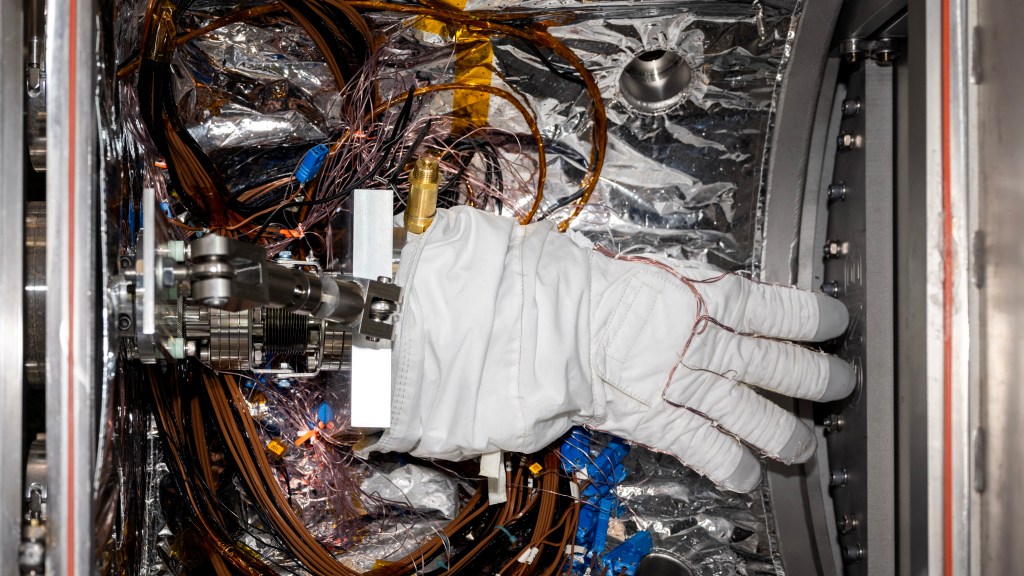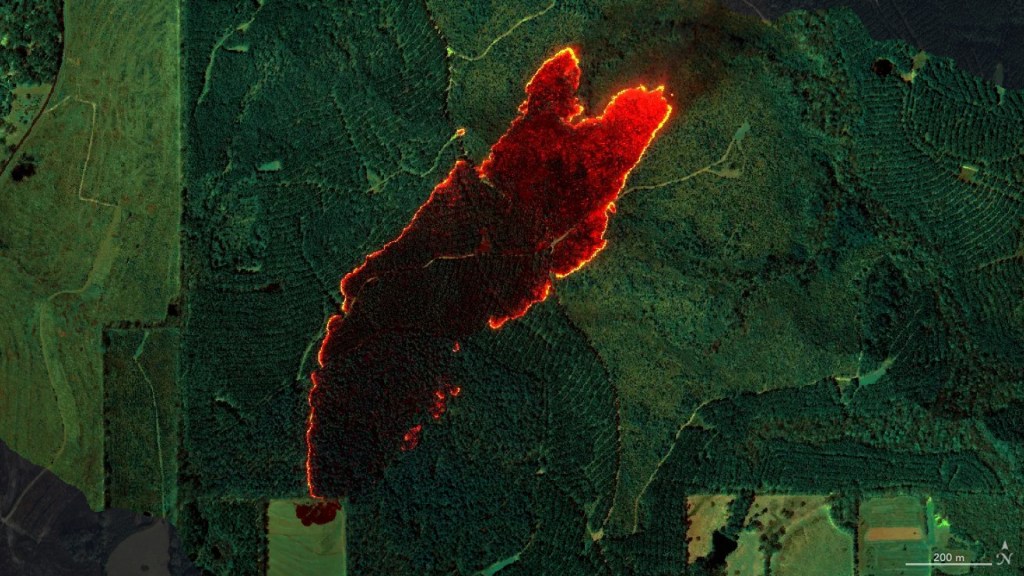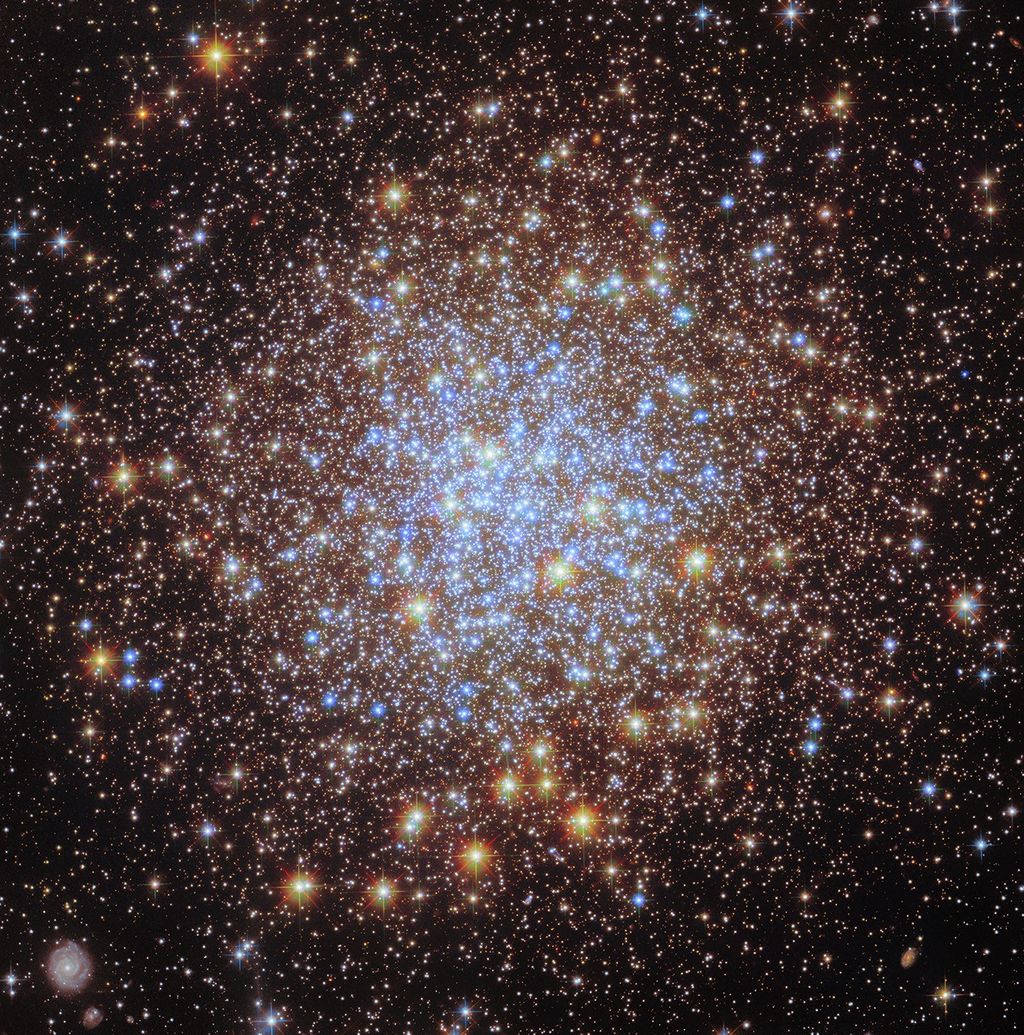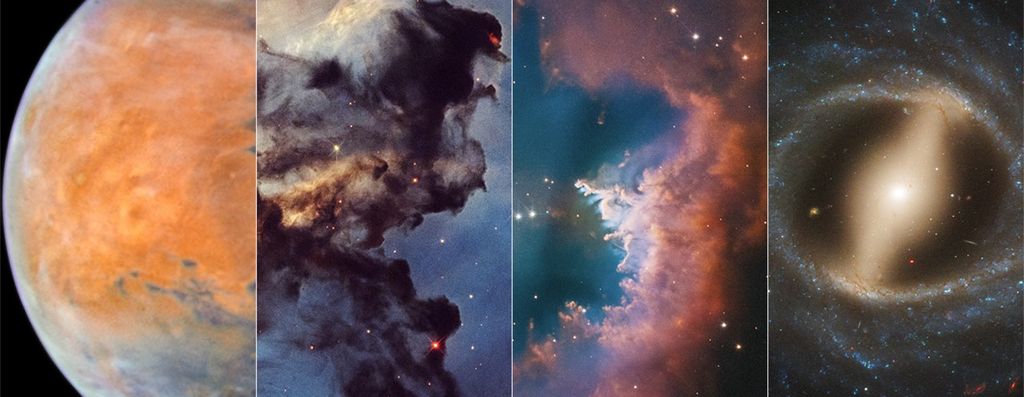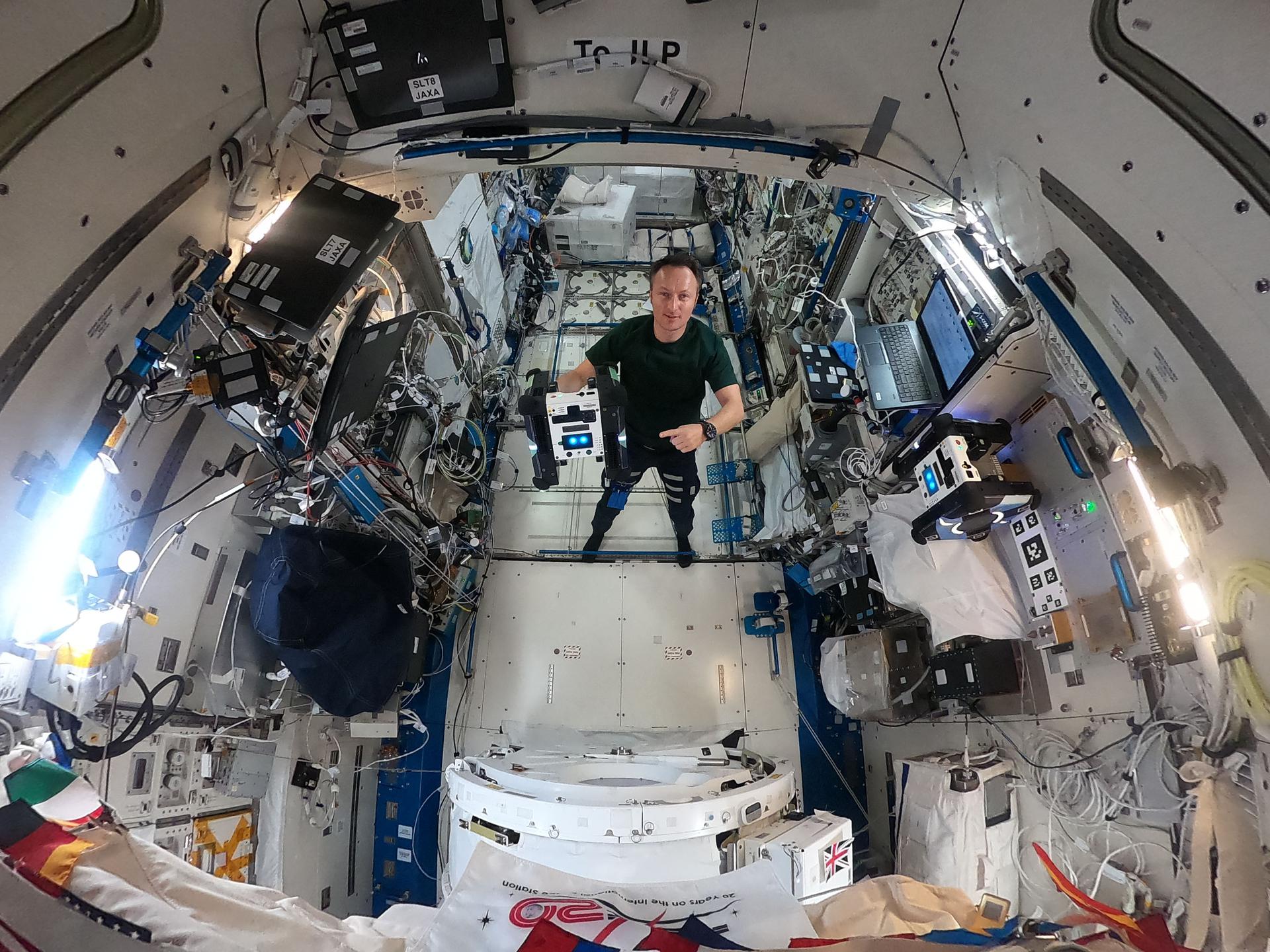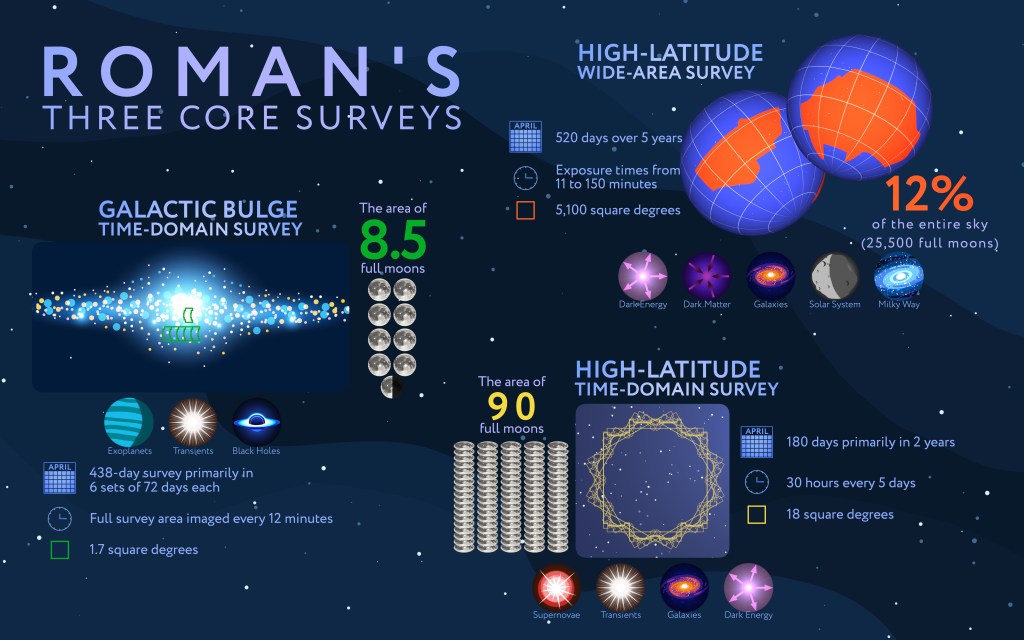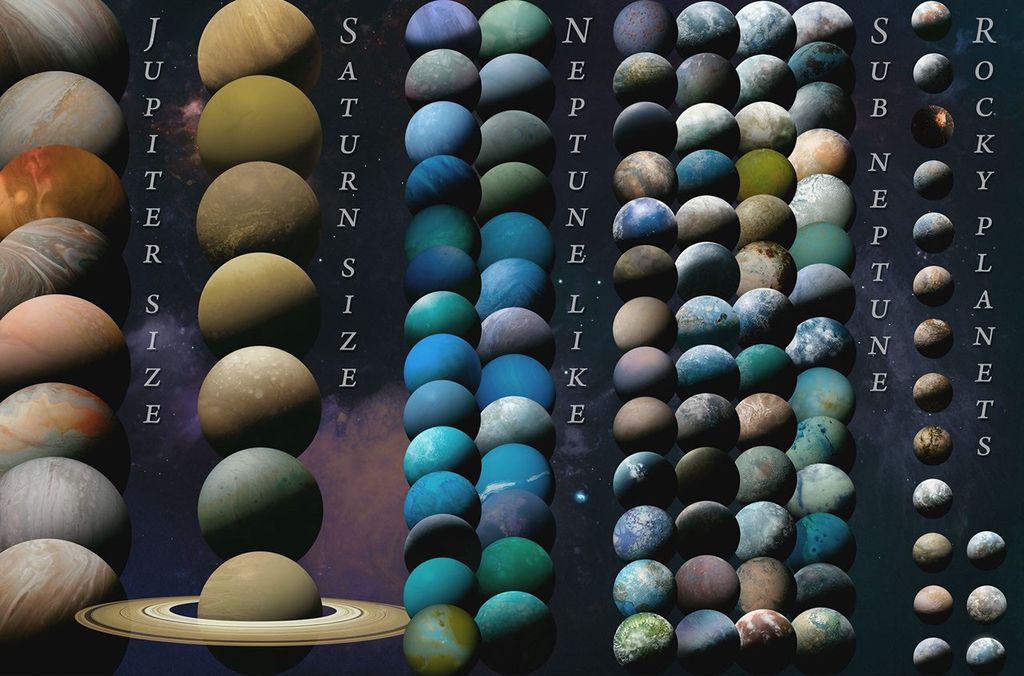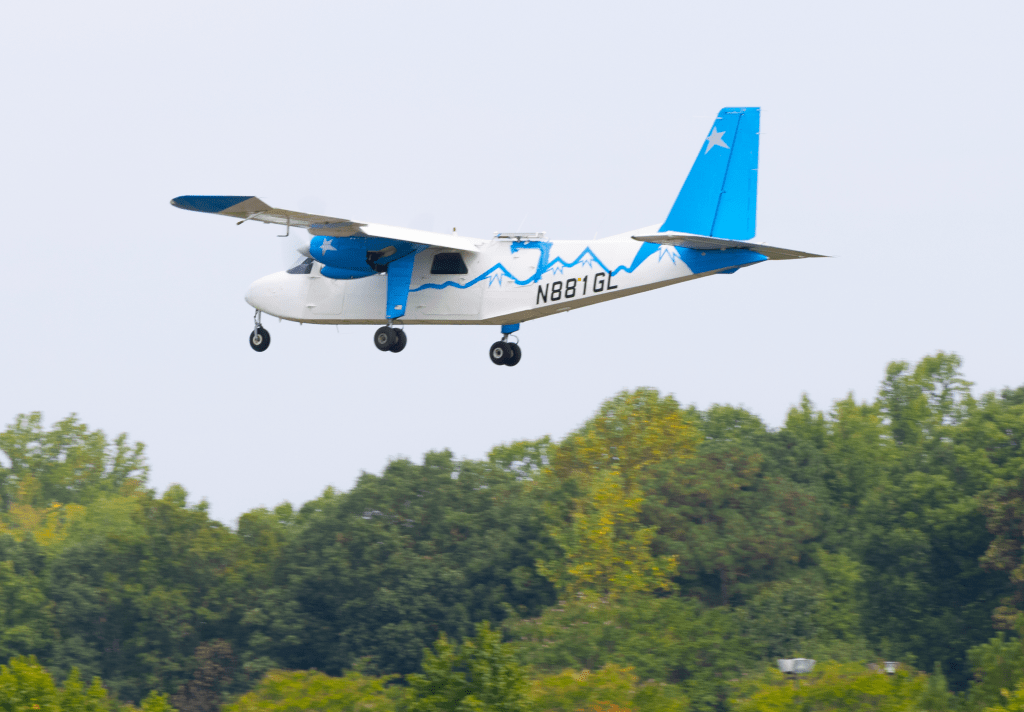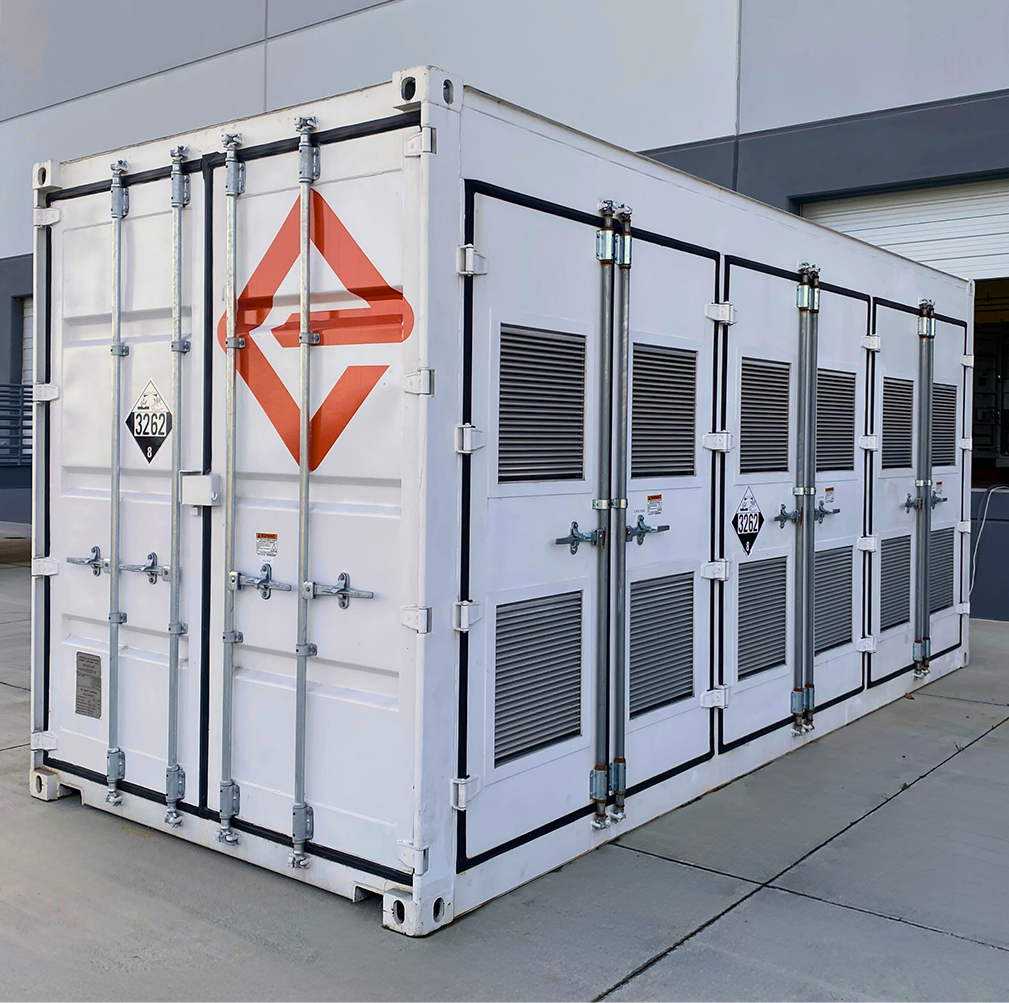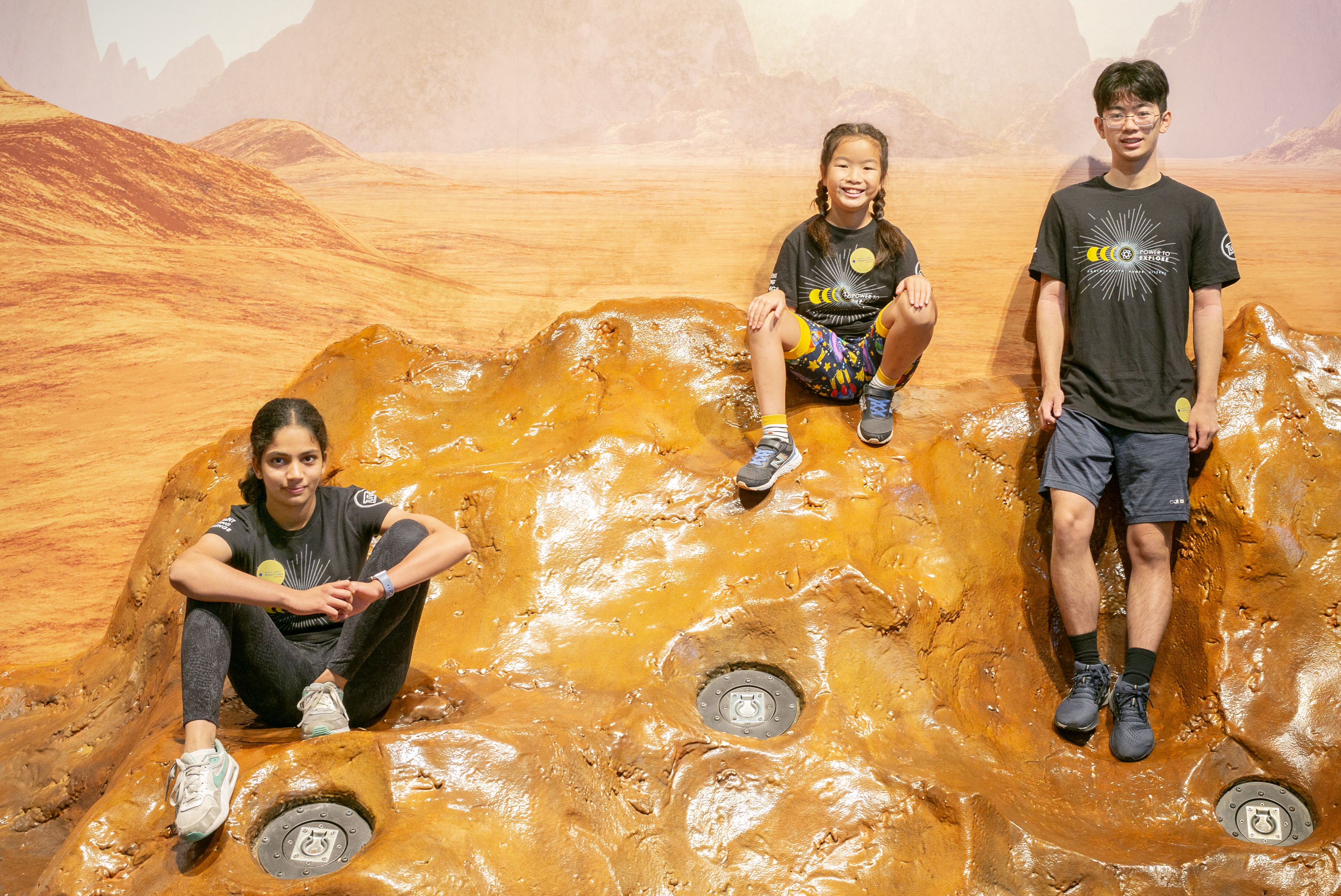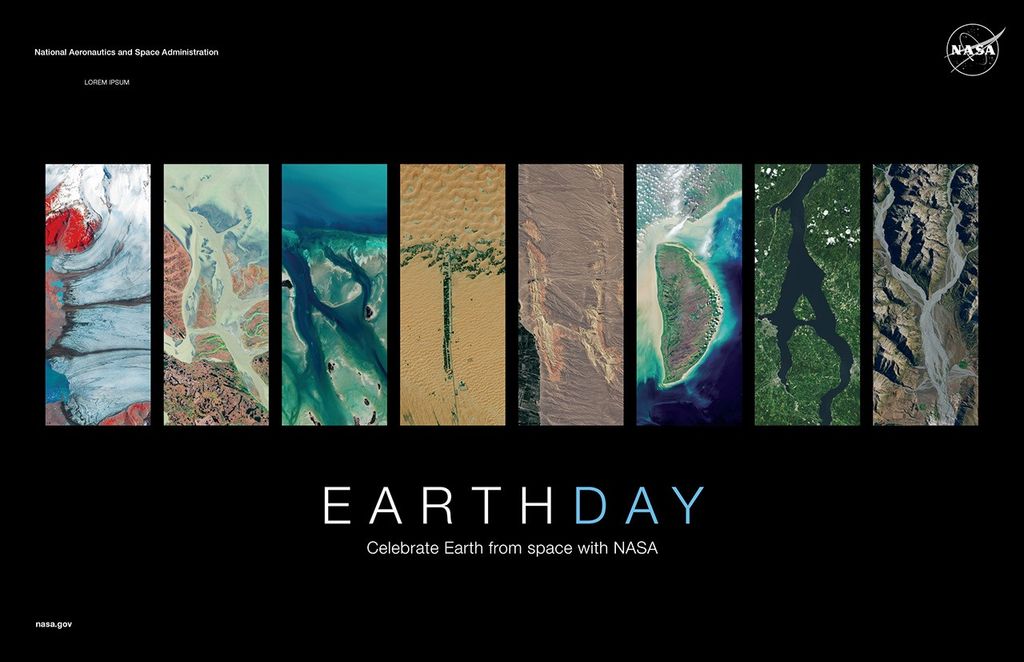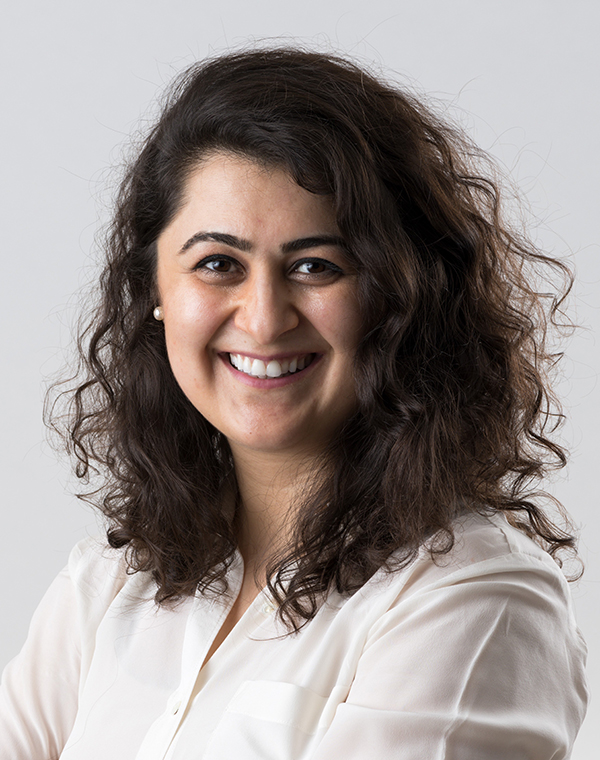
Sona Hosseini
Research and Instrument Scientist, Jet Propulsion Laboratory
Education
- Ph.D. (2015) • Engineering Applied Science • University of California Davis
- M.S. (2009) • Engineering Applied Science • University of California Davis
- M.S. (2006) • Astronomy and Spectroscopy • University of Zanjan, Iran
- M.S. (2004) • Physics and Spectroscopy • University of Zanjan, Iran
Current Position
- Research and Instrument Scientist, Jet Propulsion Laboratory, California Institute of Technology, CA
- Dr. Hosseini spearheads numerous groundbreaking initiatives spanning both science and engineering, driving the advancement of space born miniature, high-resolution spectrometers from far-UV to Visible Wavelength ranges. Ultra-high-resolution spectrometers are critical in studying gases environments in our universe such as Ionized ISM in our Galaxy and Circumgalactic Medium in Astrophysics, High Energy Solar Particles in Heliophysics and sources and sinks of water in the lunar environment.

In Astrophysics Miniature UV Spatial Spectrometer (AMUSS), the recorded merriments are a 2D image of the Interference pattern in which its Fourier Transform gives us the target’s power spectra. We used the measurements obtained from the SPEAR mission as reference target spectra to simulate my instrument, AMUSS. The top image is the simulated interferogram pattern obtained from AMUSS. This is basically what we record from AMUSS. It’s a 2D image obtained by a CCD or CMOS detector. The middle image is the 2D Fourier Transform of the simulated fringe pattern recorded by AMUSS. In this analysis, we can identify the power signal, which, in this case, is shown inside the pink box. Due to the Fourier transform, the top and the bottom are diagonal mirror images of each other. The bottom image is the column add of the power signal identified in the 2D Fourier transform.
Technology Interests
- Miniature, ultra-compact, high spectral resolution interferometry and spectrometry with no moving parts
- Additive and subtractive manufacturing technology for developing robust monolithic optical sensors for space missions
- Machine learning and artificial intelligence data handling and reduction enabling missions with swarm of scientific payloads
Goals and Aspirations
- Enabling breakthroughs scientific measurements through novel technology development and maturation
- Leading and facilitating new research, and infusion of new ideas and technology into future NASA mission concepts
- Motivating others, especially students and younger generation to develop new scientific methodology
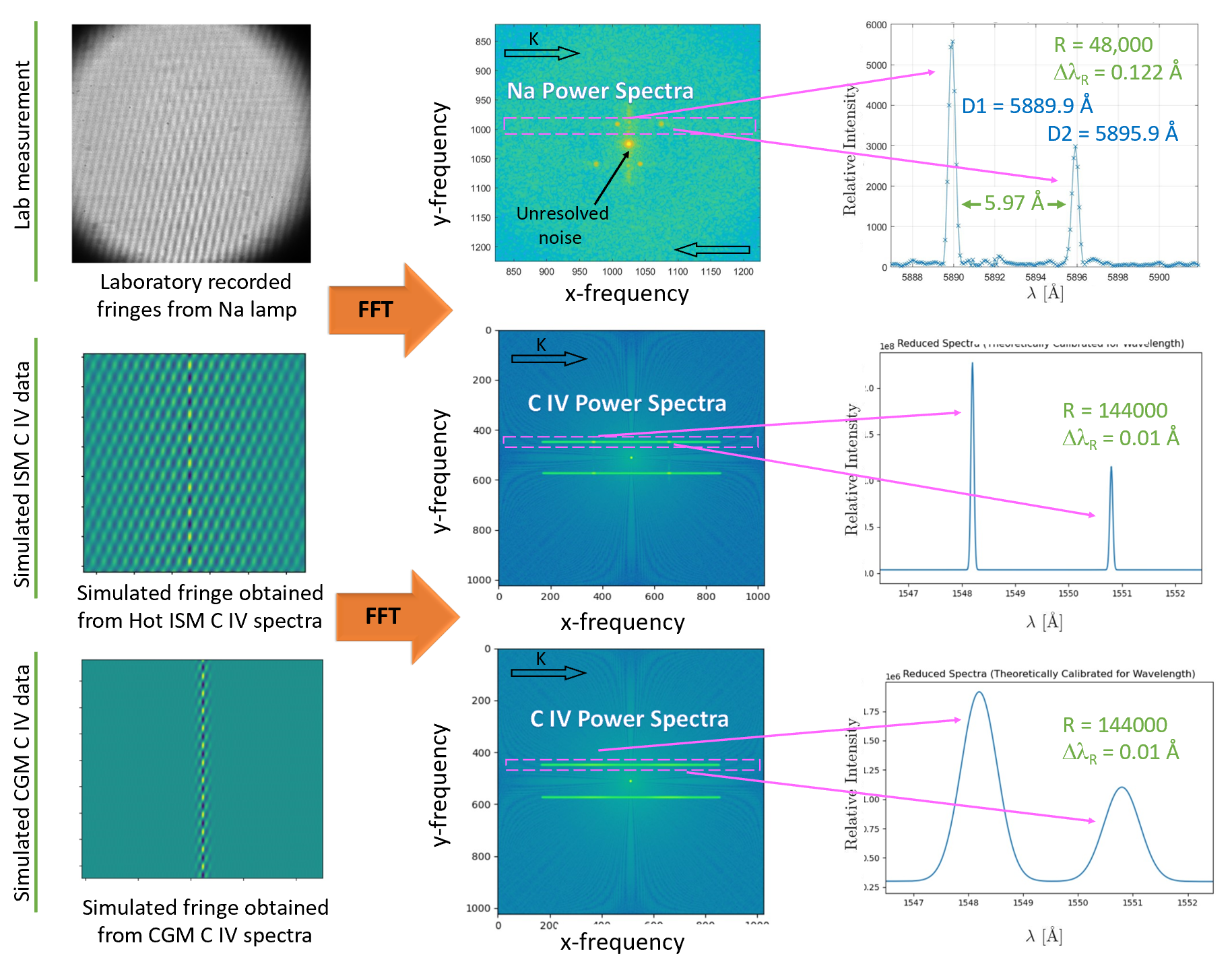
A Fast Fourier Transform (FFT) is used to reconstruct the spectral profiles from the SHS interferograms. (top row) The data taken from a Na lamp from our lab SHS breadboard. (two bottom rows) Simulated interferogram and spectral profile based on a simulated SPEAR profile input and the AMUSS instrument model. In AMUSS, the spectral resolution and efficiency are validated by analyzing the Pt calibration lamp spectral lines.


